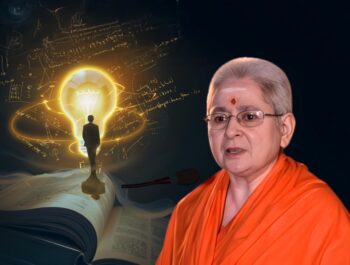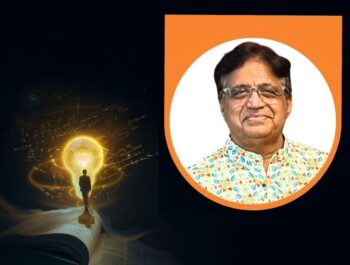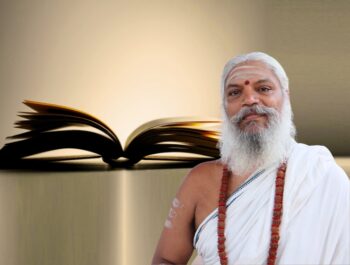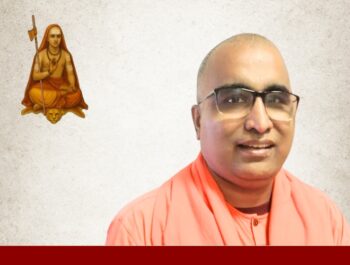The world is at unrest and unease. As we may observe to begin with, there is no peace, purity and balance in the world order. The struggle for dominance over another is more acutely manifested. There is new struggle to protect oneself from the insecurity from the other.
If we observe the life of animals, the carnivorous animals have only one job to do, is to find the food, but for herbivorous animals there are two jobs to do – protect oneself from the carnivorous animals and find one’s food. But when it comes to the human beings, there are three jobs to do. First is to protect oneself from others, find whatever is necessary for living or survive and the most important is to protect oneself from oneself. But to protect oneself from oneself is a really task in the life, because from the childhood we have hurt ourselves knowingly or unknowingly. So, it is very important to learn to be calm and composed to handle or face any situation without being affected by internal or external desired or undesired situations. For which we need to have equilibrium of the mind.
In this talk, Swamini Sadvidyananda ji will explore ‘Samatvam’- the Hindu unique concept of equilibrium as enunciated in Bhagavad Gita.









